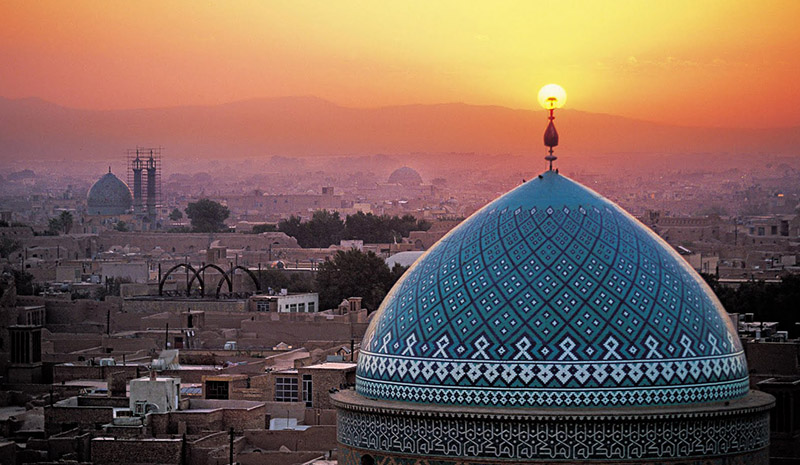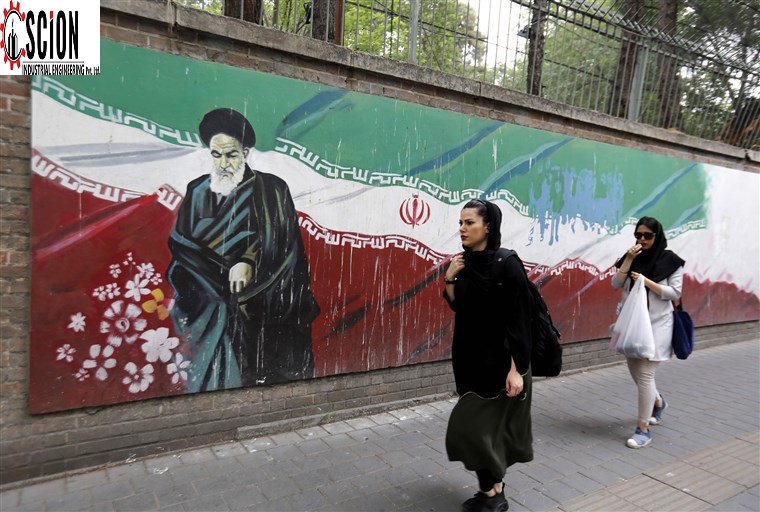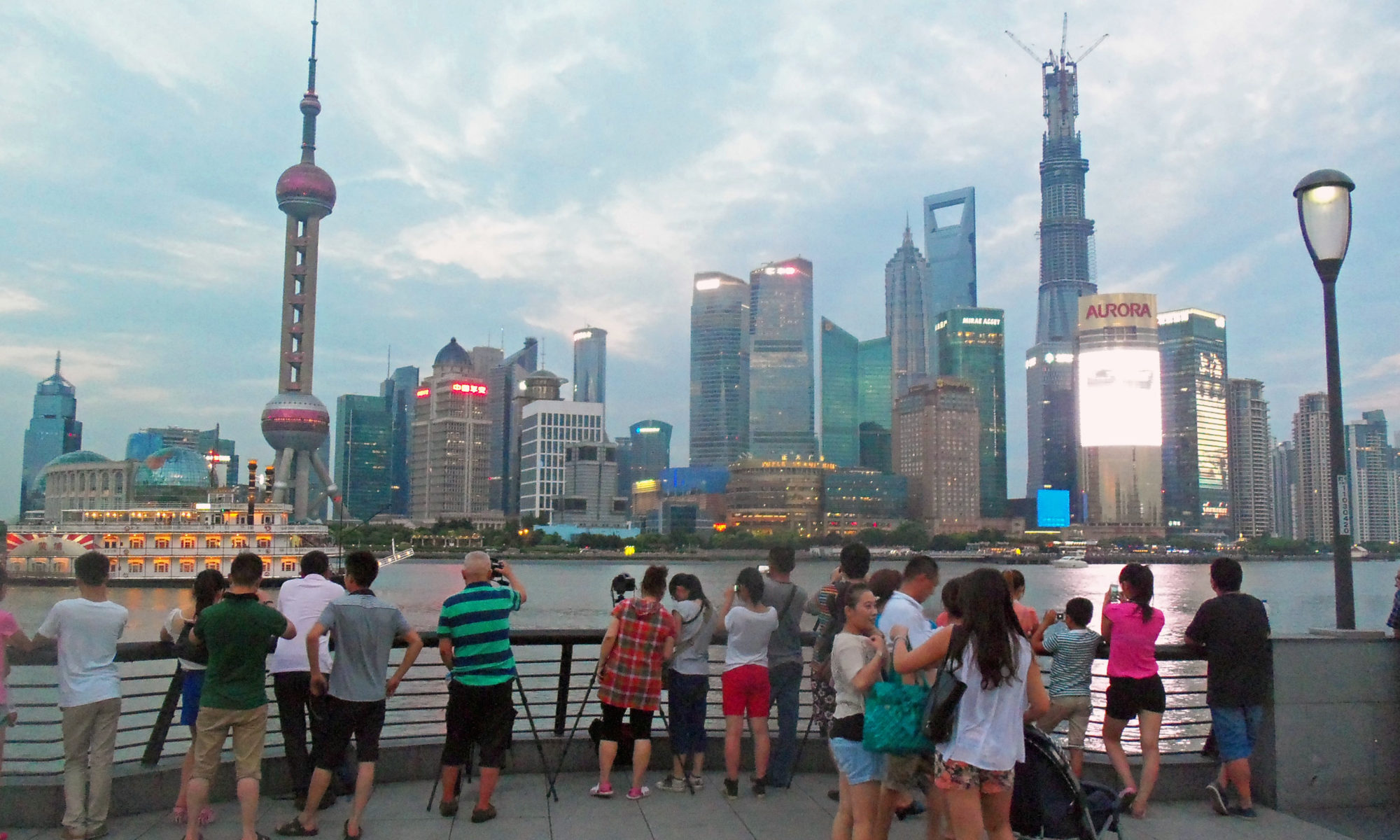Agritourism is a relatively new branch of the travel industry in which tourists stay with local people in rural areas. Farm/ranch recreation refers to activities conducted on private agricultural lands, which might include fee-hunting and fishing, overnight stays, educational activities, etc.
The meeting aims at promoting this new branch of tourism as well as discussing its capacities in Tehran province, provincial tourism chief Ali Rafiei said on Saturday.
Geographical diversity in Tehran province has caused agriculture and horticulture to have a high variety, therefore, the development of agricultural tourism can be very successful in this province, the official added.
He also noted that paying attention to agricultural tourism, while preserving gardens and agricultural lands in Tehran province, can provide better situation for the farmers and gardeners and can boost tourism in the region.
Back in June, deputy tourism chief Vali Teymouri announced that permits would be granted to eligible tour operators to launch their agritourism businesses, aiming to set certain standards in a move to ensure the quality of such services in the country.
“In order to develop employment-related areas of tourism, the Tourism Ministry has prepared several guidelines and technical criteria concerning nomadic tourism camps, licenses related to maritime tourism, natural parks, etc., which will create good employment in the future…”, he added.
Some experts believe that in addition to the customer services jobs, agritourism pays special attention to the production sector, saying “For this reason, agricultural tourism is much more important and practical than other branches of tourism because it creates a new chain and diversity in the field of production and services.”
Agritourism and nature-tourism enterprises might include outdoor recreation (fishing, hunting, wildlife study, horseback riding), educational experiences (cannery tours, cooking classes, or tea or coffee tasting), entertainment (harvest festivals or barn dances), hospitality services (farm stays, guided tours, or outfitter services), and on-farm direct sales (u-pick operations or roadside stands).
Agritourism is a subset of a larger industry called rural tourism that includes resorts, off-site farmers’ markets, non-profit agricultural tours, and other leisure and hospitality businesses that attract visitors to the countryside.
Rural tourism, however, differs from agritourism in two ways. First, rural tourism enterprises do not necessarily occur on a farm or ranch, or at an agricultural plant, they do not generate supplemental income for the agricultural enterprise.
To cite an example, we could refer to saffron farms in northeast Iran that are going to fame as a new destination for agritourism. Iranian Saffron is known as the “red gold”, saffron is a magical ingredient in Persian culture, from aromatic foods and colorful desserts to the physical and spiritual medicine.
Source:https://www.tehrantimes.com/news/451258/Tehran-to-host-online-meeting-on-agritourism










